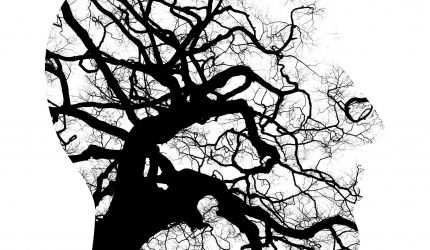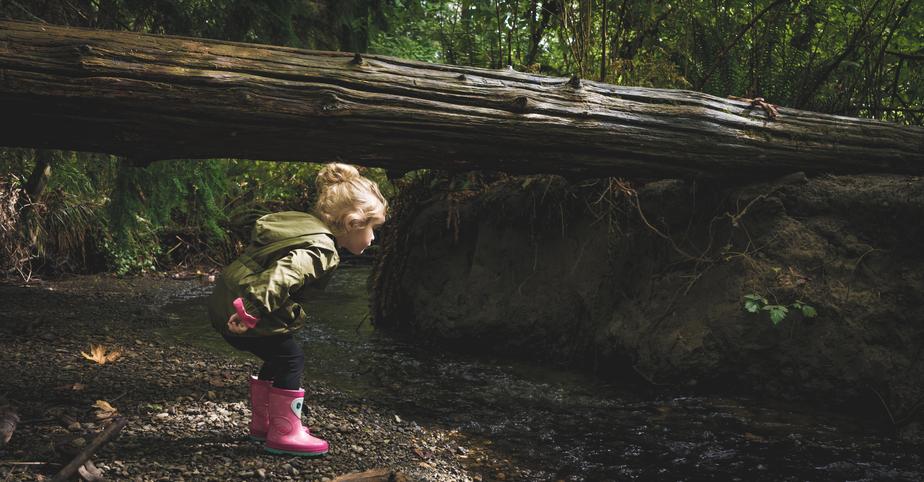

What is holistic education?
The term “holistic” comes from the Greek word “holos” meaning whole. This “whole” is something more and something different than the sum of its parts, just like the human body is something more and something different than just the sum of its organs. That is because of the interactions among the latter.
You examine a tree from afar and say: it is tall, it is green, it has roots, stem, leaves. The sun casts the tree’s shadow on the ground. That shadow increases and decreases depending on the time of day, as well as on the tree’s height that also changes over time. If you approach it, you see his details much clearer. You know it is a living being doing everything that a living being is supposed to do – feels, breathes, feeds, grows, excretes, reproduces.
All functions are correlated. You cannot completely isolate them from each other, and they cannot be performed separately. Holism consists in finding correlations and realising that we humans are also part of a whole that, fortunately, can function in our absence.
We are interpretations and reinterpretations of the same “substance” that makes up the entire Universe. The ancient Greeks’ need for categorisation created the 2500 years old model of body, soul and spirit, of which we are so fond that we can not relinquish it. It is present in all religions. So is the story of the two halves seeking each other all their lives, a story put together around the same time. In fact, no one can explain the phenomenon called “life”, or the “psyche/anima”, as the ancients called it.
For the last century, we have kept trying to corroborate everything that we have learned and inherited over the last thousand years with the novelty of scientific discoveries.
We read and retrieve information from a multitude of sources. When we use our intelligence and discernment to corroborate that information, we attain knowledge. Both news and fake news are equally useful. They both challenge and assess our ability to discern the information. After all, our survival as a species depends on the clarity and the speed used to make decisions. In other words, on adaptability.
Holistic education is done through interdisciplinary projects. An example of such a project is (learning about) photosynthesis. It involves notions of physics (waves, optics, quantum theory), chemistry (inorganic and organic), molecular biology and mathematics (surfaces, equilibria, mathematical analysis). We start by studying the phenomenon as a whole, and then we gradually pursue each of its aspects while the level of understanding and internalisation increases.
Anything that arouses a child’s curiosity can become a project: why the light bulb lights up when pressing a button, where old cars go, why does one have to eat or sleep, what do animals think about us (beyond anthropomorphising stories). Any mind-consuming question is a starting point of an expedition.
In 2013, I started an EEG study to show that those educated holistically, on projects, developed complex and lasting connections between brain areas, which is the basis of healthy brain maturation.
Below, you can find a similar project designed by Stanford University, a valuable confirmation of the idea from which we started.